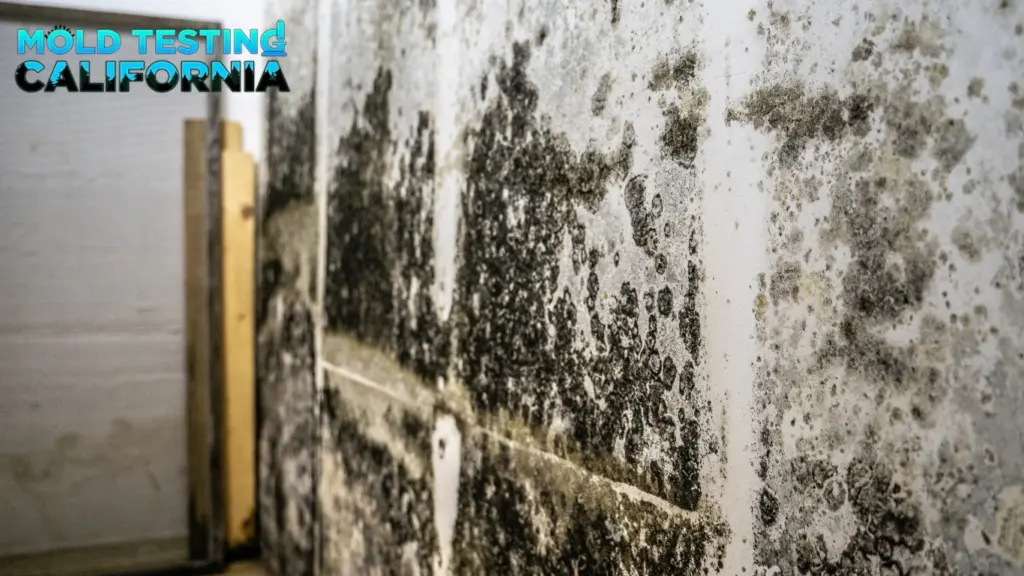Black mold is a term often associated with dangerous mold infestations. Unlike other mold types, black mold, also known as Stachybotrys chartarum, is particularly harmful to human health. Understanding what sets black mold apart from other mold types is essential for homeowners who want to protect both their property and their health. Proper black mold testing plays a key role in identifying and mitigating the risks associated with this toxic mold species.
Toxicity and Health Risks of Black Mold
The primary difference between black mold and other mold types is its toxicity. Black mold produces mycotoxins, which are toxic compounds that can cause serious health issues when inhaled or ingested. These mycotoxins can lead to a range of health problems, including respiratory issues, skin rashes, and even neurological symptoms in severe cases. While other molds can also be harmful, black mold is particularly dangerous, especially for individuals with pre-existing health conditions like asthma or allergies. Black mold testing is essential for detecting the presence of these toxic molds, especially in environments with poor ventilation or water damage.
Identifying Black Mold Through Appearance
While many molds look similar to the untrained eye, black mold has some distinct characteristics. Typically, black mold appears as dark green or black, and it often has a slimy or wet texture. It thrives in areas with high moisture, such as bathrooms, basements, and areas affected by flooding or leaks. Unlike other molds that may grow on dry surfaces, black mold requires a damp environment to flourish. Black mold testing helps confirm whether this specific mold species is present in your home and can prevent further exposure by enabling early detection.
Growth Conditions for Black Mold
Black mold tends to grow in areas that are constantly exposed to moisture, making water damage a primary cause of black mold infestations. Leaking pipes, flooding, or high humidity can create the perfect conditions for black mold growth. Other molds, such as Aspergillus or Penicillium, may not require as much moisture to thrive, which is why they can appear in drier environments. Black mold testing helps identify hidden moisture problems within your home, such as leaks behind walls or under floors, allowing you to address the root cause of the mold growth before it spreads.
Why Black Mold Testing is Essential
Given the potential health risks and extensive damage caused by black mold, early detection is crucial. While you might notice visible mold growth, black mold can sometimes hide in less accessible places like inside walls or under carpets. Black mold testing involves specialized techniques that go beyond simple visual inspection. Professionals use air sampling, surface swabs, and moisture detection to accurately identify black mold. By conducting black mold testing, homeowners can get a clear understanding of the extent of contamination, ensuring the proper remediation steps are taken to protect their property and health.
Black mold differs from other mold types not only in its toxicity but also in the conditions required for its growth and the specific risks it poses to health. Black mold testing is vital for identifying this dangerous mold in your home, allowing you to take swift action to prevent further exposure and damage. Early detection through professional testing helps ensure your home remains a safe environment for everyone.
Learn more:
How Black Mold Forms and What Conditions It Needs to Grow

